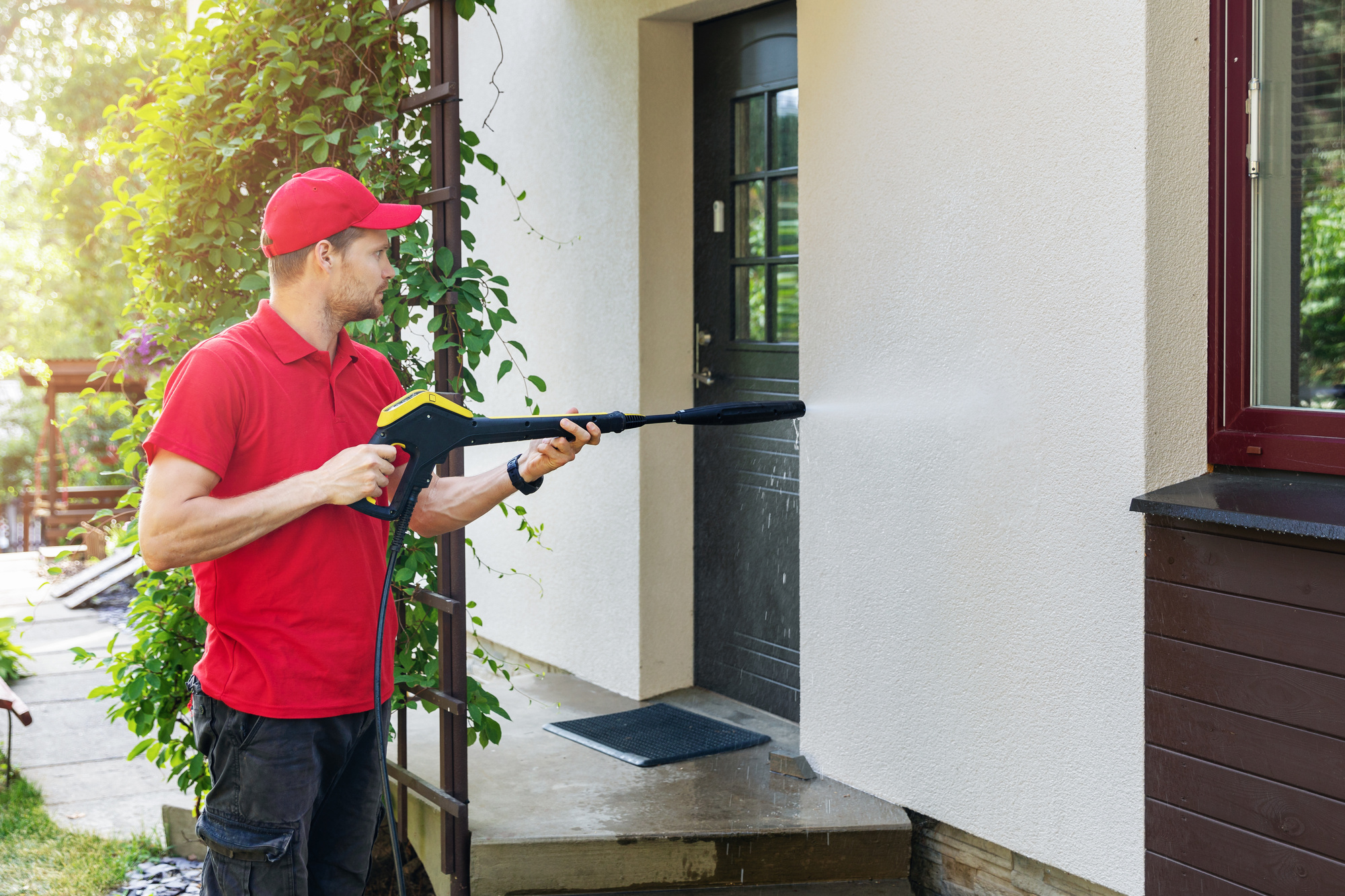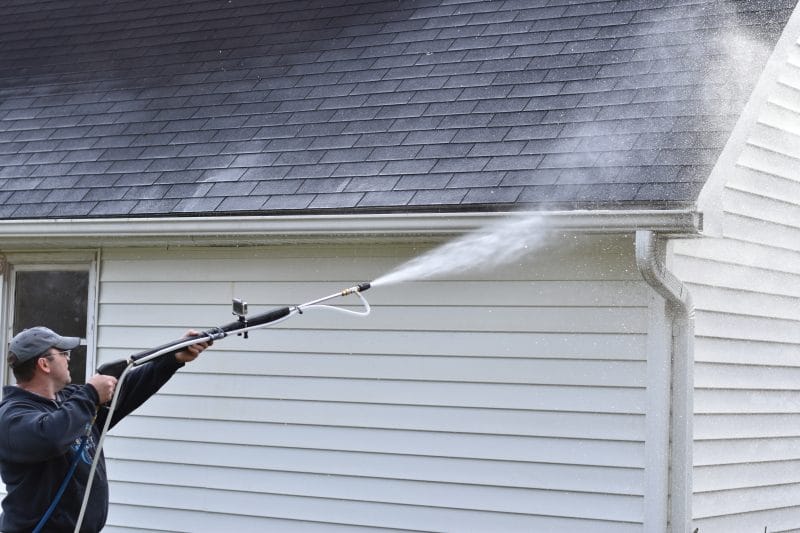Revitalize your home’s exterior with high-quality House Washing.
Revitalize your home’s exterior with high-quality House Washing.
Blog Article
Comprehending the Secret Differences In Between Pressure Washing and Residence Washing
The distinction between pressure washing and residence washing is important for property owners looking to preserve their home's outside. While pressure washing uses high-pressure water jets to eradicate stubborn crud from durable surface areas, home washing uses a gentler strategy that includes environmentally friendly cleaning agents to protect more fragile products.
Definition of Pressure Washing
Pressure washing, typically described as power washing, includes using high-pressure water spray to eliminate dust, grime, mold, mildew, and various other impurities from various surface areas. This strategy is specifically reliable on hard surfaces such as concrete, block, and stone, making it a suitable option for cleaning driveways, patio areas, and walkways. The procedure commonly uses specialized tools that produces water pressure varying from 1,500 to 3,000 psi or more, guaranteeing reliable cleaning also in challenging problems.
Pressure washing is not limited to exterior surface areas; it can likewise be used for different applications, consisting of cars, exterior furniture, and equipment. It is necessary to note that the strength of the water pressure can potentially harm delicate surface areas, such as wood or painted finishes, if not managed correctly. Choosing the suitable pressure setting and nozzle type is important for optimum outcomes.
In addition to surface area cleaning, pressure washing can additionally play a significant function in preserving the durability of frameworks by avoiding the build-up of hazardous impurities that can bring about degeneration. On the whole, pressure washing serves as an effective device for improving cleanliness and preserving the stability of different surface areas.
Interpretation of Home Washing
Residence washing describes the detailed cleaning of a home's exterior surfaces, making use of a mix of low-pressure water and specialized cleansing options. This technique is created to eliminate dirt, mold, mold, algae, and other pollutants that build up in time, preserving the visual allure and architectural stability of the residential property.
Unlike pressure washing, which utilizes high-pressure streams of water, house washing emphasizes the use of reduced pressure to protect against damages to delicate surface areas such as house siding, roof, and painted finishes. The cleansing services used are typically eco-friendly and developed to effectively take on particular issues, ensuring an extensive clean without endangering the atmosphere or the integrity of the products being treated.
House washing is especially useful for maintaining the appearance of vinyl, timber, stucco, and brick outsides. Normal house washing not just improves curb charm yet also adds to the longevity of a home's outside surface areas by reducing the results of dangerous microorganisms and ecological toxins. Property owners are urged to schedule house washing regularly to guarantee their residential property remains in optimal condition, therefore guarding their investment.
Key Methods Utilized
In the world of outside cleansing, various techniques are utilized to accomplish optimum check my reference outcomes throughout house washing. The primary method involves soft washing, which uses low-pressure water integrated with specialized cleansing remedies. This technique effectively removes dirt, algae, and mold without damaging delicate surfaces such as wood or painted home siding.
An additional trick strategy is using a surface area cleaner attachment, which is specifically efficient for flat surfaces like patios and driveways. This tool provides consistent cleaning by using turning jets that cover a bigger area, ensuring regular outcomes.
Chemical application is also crucial in home washing. Cleansers such as salt hypochlorite or important link eco-friendly cleaning agents are typically made use of to break down tough spots and natural growth. House Washing. Correct dilution and application techniques are necessary to minimize any potential damages to plants or landscape design
Appropriate Surfaces for every
Pressure washing, which uses high-pressure water jets, is finest matched for hard, long lasting surfaces that can hold up against extreme force. These surface areas commonly collect tough stains, such as oil, oil, and mildew, which call for the powerful cleansing activity offered by pressure washing.
On the other hand, house washing normally uses a softer approach, making use of low-pressure water incorporated with specialized detergents. Home washing effectively removes dust, pollen, and mold and mildew without risking damage to the exterior coating.
Benefits and Downsides

On the various other hand, home washing utilizes a gentler approach, often using a mix of low-pressure water and cleaning options. This approach is more secure for painted surfaces, siding, and roofings, assisting to maintain their integrity. The main disadvantage of house washing is that browse this site it may not remove deeply ingrained dirt or persistent spots as effectively as pressure washing, which can need more time and numerous applications.

Final Thought
In summary, pressure washing and house washing serve distinct functions in exterior cleaning. Pressure washing uses high-pressure water streams, making it suitable for sturdy surface areas and efficient versus tough stains. Conversely, home washing makes use of a low-pressure approach with naturally degradable options, guaranteeing the safety of fragile products. Comprehending these differences assists in notified decisions pertaining to the suitable cleaning technique based upon surface area kind and problem, ultimately advertising effective maintenance and long life of exterior surface areas.
Report this page